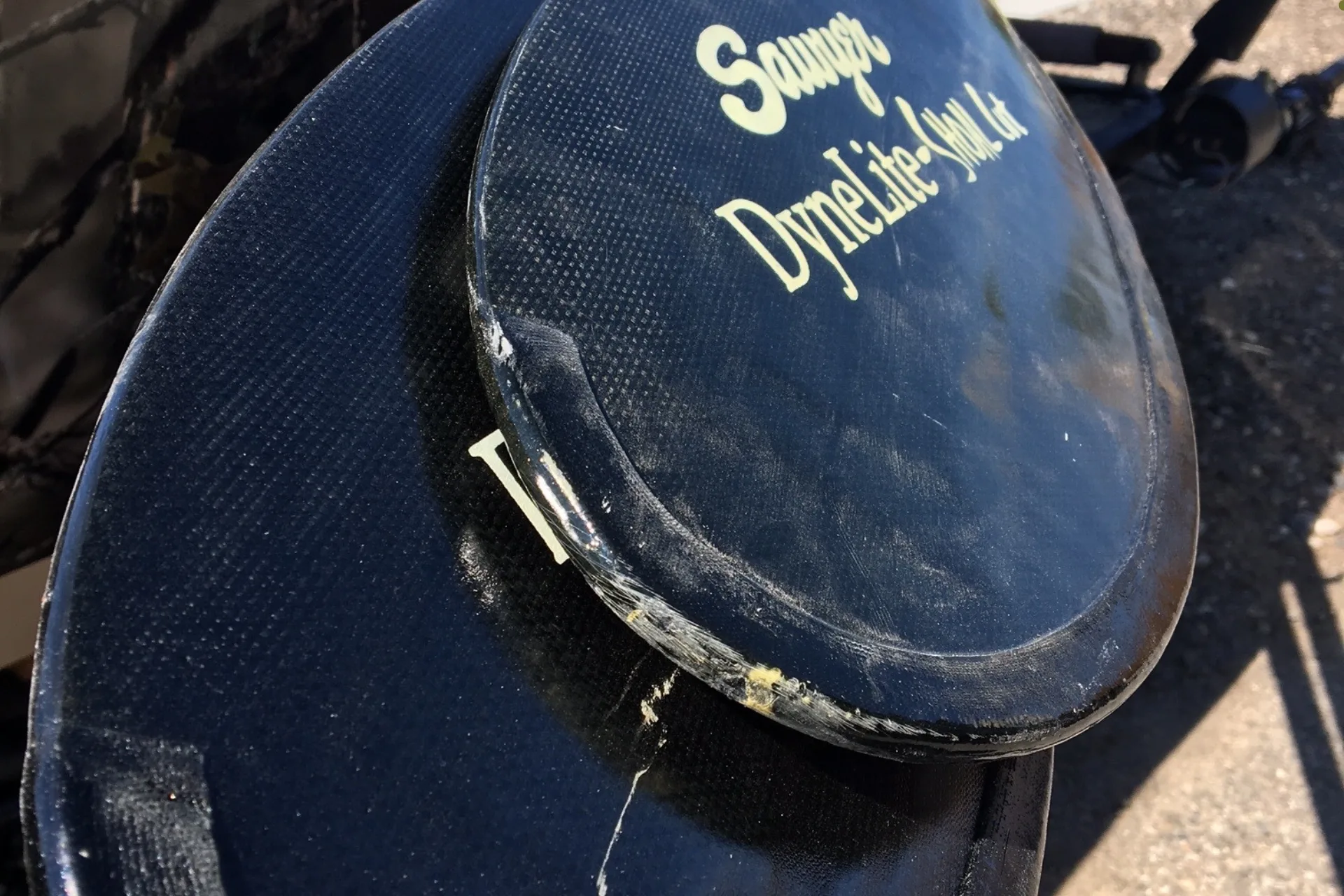Rowing a drift boat is a learned skill. The action of rowing is fairly basic. Dip the oars into the water and pull. Great rowing requires learning subtleties that allow you to move slow, fast, forward, back, or stop. Maneuvering is critical to avoid wrecksand staying safe. You will be rowing upstream to go downstream.
Josh Stanish may be the best oarsman that I know. He is a guide and teacher that lives in Bozeman, Montana. You can locate Josh, nicknamed “Biggie” at Biggies Bugs and Guide Service. Not only is Josh a master oarsman, but he is also an amazing angler.
The one lesson that “Biggie” taught me is to “Row Away from the Danger!” The unique part of rowing a drift boat or raft is that you are facing downstream while rowing upstream to maintain control of the drift. A talented guide can look for fish, tell stories, give instructions, guide the boat, and set the angler up for success all while navigating the swift currents of the river.
Some oars can be locked in place. For the best control, you want your oars to move freely.

Here are some rowing tips.
Place your hands on the oars in a natural position. Gloves are not a bad idea. I use fingerless calf skinned golf gloves to avoid blisters. Your thumbs are wrapped under the handle.
The oars should sit in the oar locks. This lock may be a circle or in the shape of a U. You can get slip on oar holders/stoppers to keep the oars from falling from the oar locks when let go. You want to be able to allow the oar to come into the boat if needed, but not slide into the river
You want to be able to change the angle of the oars blade. Tilting the blade on one side or the other allows for smooth navigation.
You want the oar handles to be in the center of the boat and your body. A few inches between the handles will do. This allows an equal pull on each side.
Longer oars offer more power, leverage, and advantages.
Less is more. You may work the oars thousands of strokes a day. A complete even, smooth stroke is better than a lot ofsplashy pulls.
Lean back for power.
Feather the oars between strokes, especially on windy days. A streamlined oar can serve as a wing.
Row at an easy and comfortable pace.
Heavy wooden boats track better than fiberglass boats but require stronger strokes to get going.
You want to drift at or slightly slower than the rivers current.
Keep the boat Canted at an angle. This allows you to go slower and see where to fish and see any rocks or concerns.
Keep the oars off the bottom. If the oar hits a rock, it could get pushed into your face.
Practice makes perfect. Hire an expert rower to spend time teaching you the tips and tricks. The investment is worth every penny. Hands on learning is BEST!

Row, row, row, your boat…
Montana Grant
.




